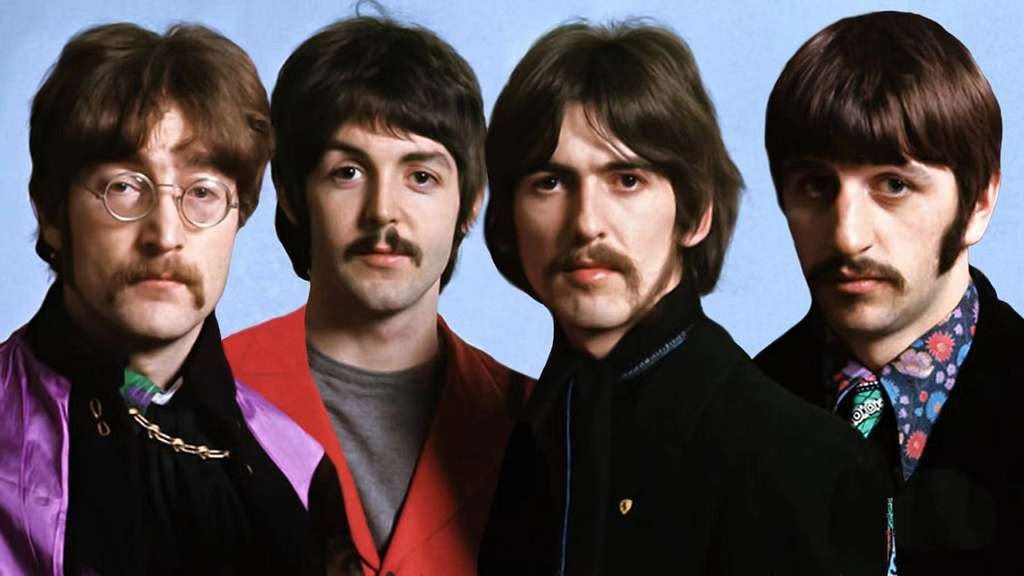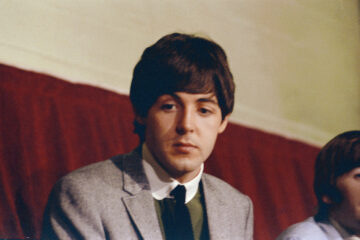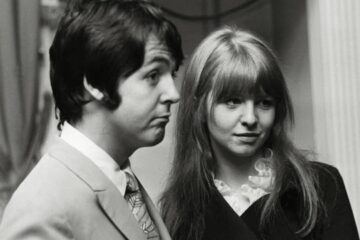On Nov. 2, the Beatles released a new song, the first release since “Real Love” and “Free as a Bird,” which were released as part of the Beatles Anthology album. These two songs, released in 1995 and 1996, were based on old demo tapes by the late John Lennon who recorded them in the 1970s. Backing vocals and instrumentation was performed by the then-surviving Beatles members George Harrison, Paul McCartney and Ringo Starr.
A third song titled “Now and Then,” also a demo tape originally recorded by Lennon, was also to be completed by the remaining three members. However, the original recording was considered too poor in quality to have Lennon’s voice heard clearly due to both general decay and the overbearing sound of the demo track’s piano. The song was consequently shelved in 1995 due to the inability to clearly isolate Lennon’s vocals. Harrison passed away in 2001 reducing the probability the song would be released. Only now, over 25 years later, are we hearing a finalized and full production of “Now and Then.”
The song, now fully mastered with studio production, vocal backings and full instrumentation, has gone from a simple home demo recorded by Lennon to a fully produced Beatles single with all members performing. The song features Lennon on lead vocals, McCartney on bass and piano, Starr on drums and Harrison on guitar. McCartney, Starr and Harrison all provide backing vocals as well.
Regarding the use of artificial intelligence, such tools were only used to isolate Lennon’s vocals, eliminating any static or overbearing piano from the original demo tracks. With growing worries of how AI is being used to replicate artists’ voices, I found this usage of AI to be an acceptable as well as respectable way to implement AI in the production of music.
The song opens with McCartney faintly counting in common time with sudden piano chords played by himself, based off of the original piano composition of Lennon’s demo tape. Almost immediately, Lennon’s vocals come in, clear from any static or overbearing piano found on the original demo.
For a few short intro measures, just the piano and Lennon’s voice can be heard, almost as if this was a simple remaster of the original demo and not a fully produced Beatles song. However, just as the vocals begin, a steady drum beat from Starr plays along with guitar backing from both McCartney and Harrison, the latter from the original attempt in 1995.
Lyrically, the song is very reminiscent of typical Lennon love songs of the mid 1970s, featuring bittersweet longing for a former lover, with Lennon singing that now and then he thinks of her. During the break of the song, an orchestral interlude of strings comes in, in a manner similar to that of “Let it Be” and “A Day in the Life.” Much of the current production for this song was overseen by McCartney himself, but his desire to preserve and forefront much of the original tracks and recordings of both Lennon and Harrison keep this song as authentic and close to a classic rendition of a Beatles song as possible.
The lyrics of this song are more akin to a Lennon solo song, yet the production and musical arrangement is much more akin to an “Abbey Road”-like song. This song may only be a Beatles song because it simply features all four Beatles on it, but it is still a great song. For a song being advertised as “The Last Beatles Song,” this song is exactly that, the last song to feature all four Beatles performing on a song. This song may not reach the level of ingenuity and fame that “Sgt. Pepper’s Lonely Hearts Club Band” has, but it is still a great finale and a bittersweet ending to the Beatles’ career, something that everyone will remember fondly now and then.



